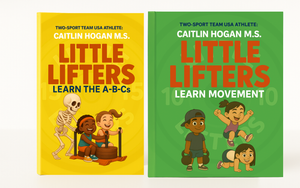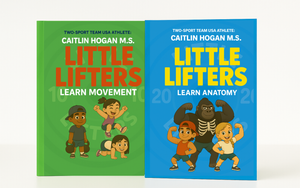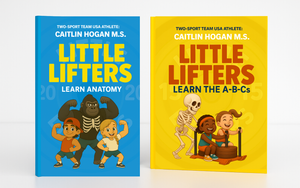👟 Walk, Run, Skip: Why Gait is the Heart of Your Child’s Development
Your child’s most repeated and foundational movement pattern is one you probably don’t even think about anymore—walking.
But from those first wobbly steps to full-speed sprints and joyful skips across the playground, gait (how your child moves from one place to another) shapes their strength, rhythm, balance, and brain development.
Each variation—walking, running, skipping, hopping, galloping—places a unique demand on the body and brain, helping kids learn how to coordinate both sides of the body, adjust to changes in speed or direction, and move with control.
🧠 Why It Matters
Gait supports:
-
Endurance – builds stamina and cardiovascular fitness
-
Rhythm and timing – essential for motor planning and coordination
-
Cognitive development – bilateral movement supports communication between brain hemispheres
-
Whole-body control – walking, running, and skipping all require trunk stability and postural awareness
Gait is one of the first movement systems to develop—and one of the most important to maintain and refine throughout childhood.
🧒 Movement by Age Group
▶️ Ages 2–4:
Activity: “Silly Walk Parade”
-
Walk slowly, then quickly, then with high knees or big arms.
-
Narrate each change to help them connect movement with language.
Activity: “Stop & Go Running”
-
Run across a space and freeze when you say “stop!” or “freeze!”
-
Builds timing and control.
Goal: Build gait awareness, body rhythm, and movement vocabulary.
▶️ Ages 5–7:
Activity: “Skipping School”
-
Practice skipping with opposite arm/leg motion. Add counting or clapping to reinforce rhythm.
-
If skipping is tough, try galloping first.
Activity: “Gait Relay”
-
Walk, then run, then skip between cones or markers. Add challenges like balancing an item or clapping between steps.
Goal: Improve coordination, dynamic movement transitions, and timing.
▶️ Ages 8–10:
Activity: “Run with Rhythm”
-
Practice pacing: jog slow, medium, fast, then back down.
-
Focus on how each gait feels and how to stay in control at different speeds.
Activity: “Skip & Switch”
-
Skip while tapping opposite knee or alternating directions. Add music or a metronome for timing practice.
Goal: Refine rhythm, endurance, and agile transitions between gaits.
🔬 Science Spotlight
Gait engages neuromuscular pathways, bilateral coordination, and vestibular processing—all essential for physical confidence and learning readiness. Skipping and cross-body movements, in particular, stimulate the corpus callosum, helping the brain communicate across hemispheres.
These rhythmic, repetitive movements are strongly linked to improved focus, reading skills, and emotional regulation.
💡 Parent Tip:
Don’t worry if skipping is hard—it’s one of the last gait patterns to develop. Start with galloping, then mix in rhythm games and play-based movement. If you're moving together, you're already winning.




0 comments